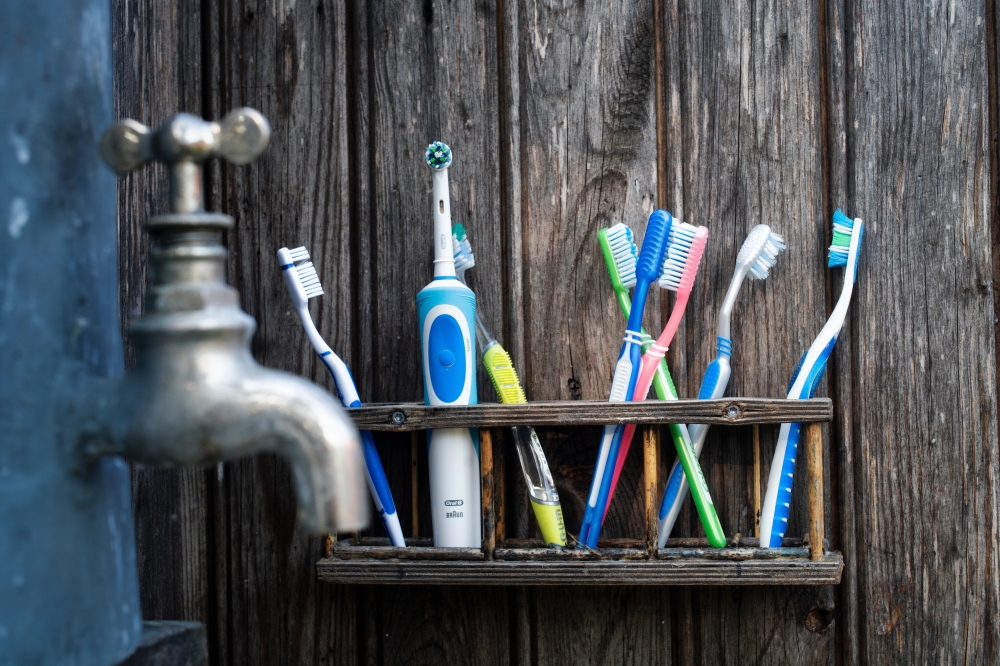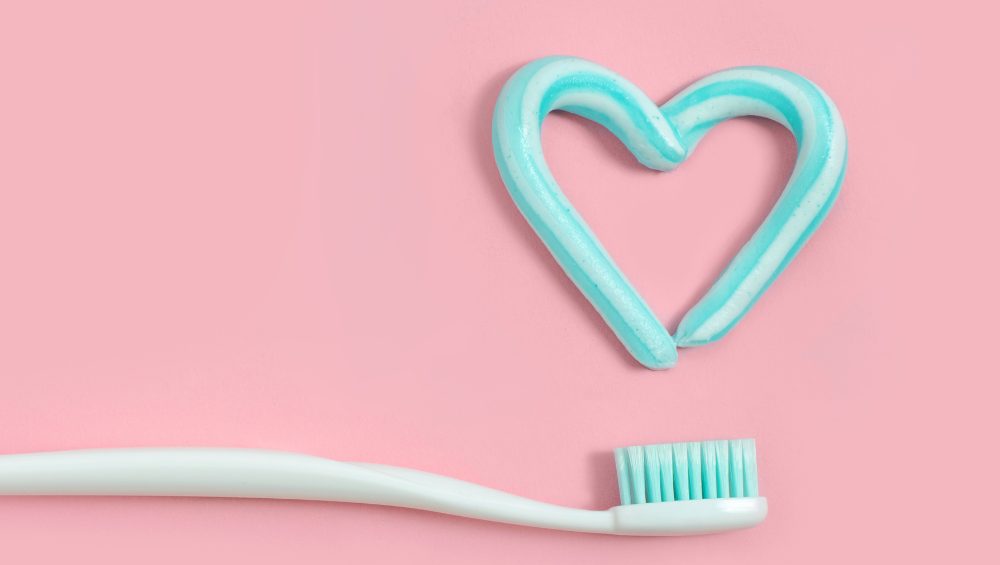
Is Mouth Breathing Bad?
August 21, 2020
Electric Toothbrush vs Manual Toothbrush: Our Complete Guide to Help You Decide
October 7, 2020If you ever wondered how to clean your tongue properly, you are not alone. Every once in a while, a patient asks this very question. Some ask out of curiosity, while others ask because they discovered they have “bad breath.” If you notice lingering halitosis despite consistently brushing your teeth twice a day, then it may be your tongue that needs a little extra attention. Your tongue can harbor food particles or bacteria.
In recent months, some people who wear face masks to help prevent the spread of COVID-19 have become more familiar with their own breath since the masks can trap scents. If this is your experience, consider it an opportunity to refresh your oral hygiene for fresh breath and a healthy mouth.
Please note, this article is not a substitute for medical or dental care. Following the tips may result in pleasant breath and improve your oral hygiene. However, bad breath can be a symptom of another condition that requires care from your dentist. Please contact your dental practice to discuss your concerns.
Why You May Need to Clean Your Tongue
Your tongue takes significant space in your mouth. Food and beverages may change its color. For example, people who drink Kool-Aid or red wine may notice their tongue changes color. Cleaning your tongue fixes that. But the reasons to clean your tongue are not merely aesthetic.
You brush your teeth, but if you don’t also clean your tongue, you are missing a chance to prevent bacteria build-up. Sometimes people ask, why not just rinse with mouthwash? The tongue isn’t perfectly smooth. Bacteria can linger in the tiny crevices between your taste buds, so rinsing doesn’t always do the job.
Sometimes people with chronic dry mouth find that cleaning their tongue helps them feel more confident about their breath. If this is the case, be sure to also talk with your dentist for other strategies. Many people experience dry mouth with age or as a side effect of medications they are taking.
How to Properly Clean Your Tongue
Cleaning the tongue is usually as simple as gently brushing it with a regular toothbrush, a toothbrush containing a tongue cleaning surface on the back or using a tongue scraper. But how to properly clean your tongue?
If you want to clean your tongue, try these techniques on how to properly clean your tongue:
- Brush and floss your teeth as usual.
- Brush the surface of your tongue with a toothbrush or tongue cleaner. You may brush side to side and forward and back. Be gentle, not to injure your tongue.
- In some situations, you may prefer a tongue scraper or specialty brush.
- Consider using a mouthwash to finish.
- Carefully clean your toothbrush or tongue scraper.
If you use a tongue scraper, please be careful not to scrape too vigorously since that may result in abrasions or injuries to the tongue. While some people prefer using a tongue scraper, the American Dental Association reports there is no evidence that scraping the tongue prevents bad breath. However, they encourage it if you like the results and treat your tongue gently.
Also, some people have a sensitive gag reflex. If that applies to you, be aware of how far towards the base of the tongue you clean. The closer to the throat, the more likely you are to gag. Try avoiding the back of the tongue in that case.
Pay Attention to your Oral Hygiene in General
Most often, when someone asks about tongue cleaning, they are concerned about unpleasant breath. This may be an excellent opportunity to “brush up” on proper oral hygiene practices. Good habits not only improve breathing, but they also help keep your gums healthy and prevent new cavities from forming.
Overall, attention to oral hygiene helps prevent most causes of bad breath. A few tips include:
- Sip water during the day to prevent dry mouth.
- If you use any tobacco products, consider quitting. This impacts all areas of your health, including your breath.
- Use a toothpaste containing fluoride to help prevent cavities.
- Use a soft-bristled toothbrush to brush your teeth twice a day for at least two minutes per session.
- Clean your tongue using either your toothbrush or a tongue scraper, as earlier described.
- Floss once a day.
- Consider rinsing with a mouthwash.
- See your dentist and dental hygienist for a professional cleaning and examination following your recommended schedule.
- Some people feel more confident and refreshed if they use a sugar-free breath mint or gum containing Xylitol, which helps discourage bacteria in the mouth. If you grind your teeth, you might prefer mint over gums to avoid over-using the jaw muscles.
- If you use dental appliances like a mouthguard, be sure to clean it as recommended.
- If you wear a face mask, be sure to wash it regularly. Sometimes the inside of a mask retains odors from the wearer’s breath.
- Replace your toothbrush every 3-4 months, especially if you use it to brush your tongue.
When to See your Dentist
While oral hygiene, including tongue cleaning, may help control the symptoms, be sure to discuss your concerns with your dentist. Your dentist may want to conduct an examination to rule out more serious conditions that may require intervention. Remember, early diagnosis leads to early and often more successful treatment. Your dentist may also be able to coach you on the best hygiene practices or the most appropriate products. There is no need to suffer the embarrassment of bad breath.
Next Steps – How To Properly Clean Your Tongue
We hope you found it helpful to learn more about how to properly clean your tongue. If bad breath continues, please schedule an appointment with your dentist. Sometimes it can be a symptom of a serious underlying condition that may need professional care.
Southview Dentistry has proudly served Charlotte-area residents for over ten years. If you live in the area and need a dentist, do not hesitate to call us!




